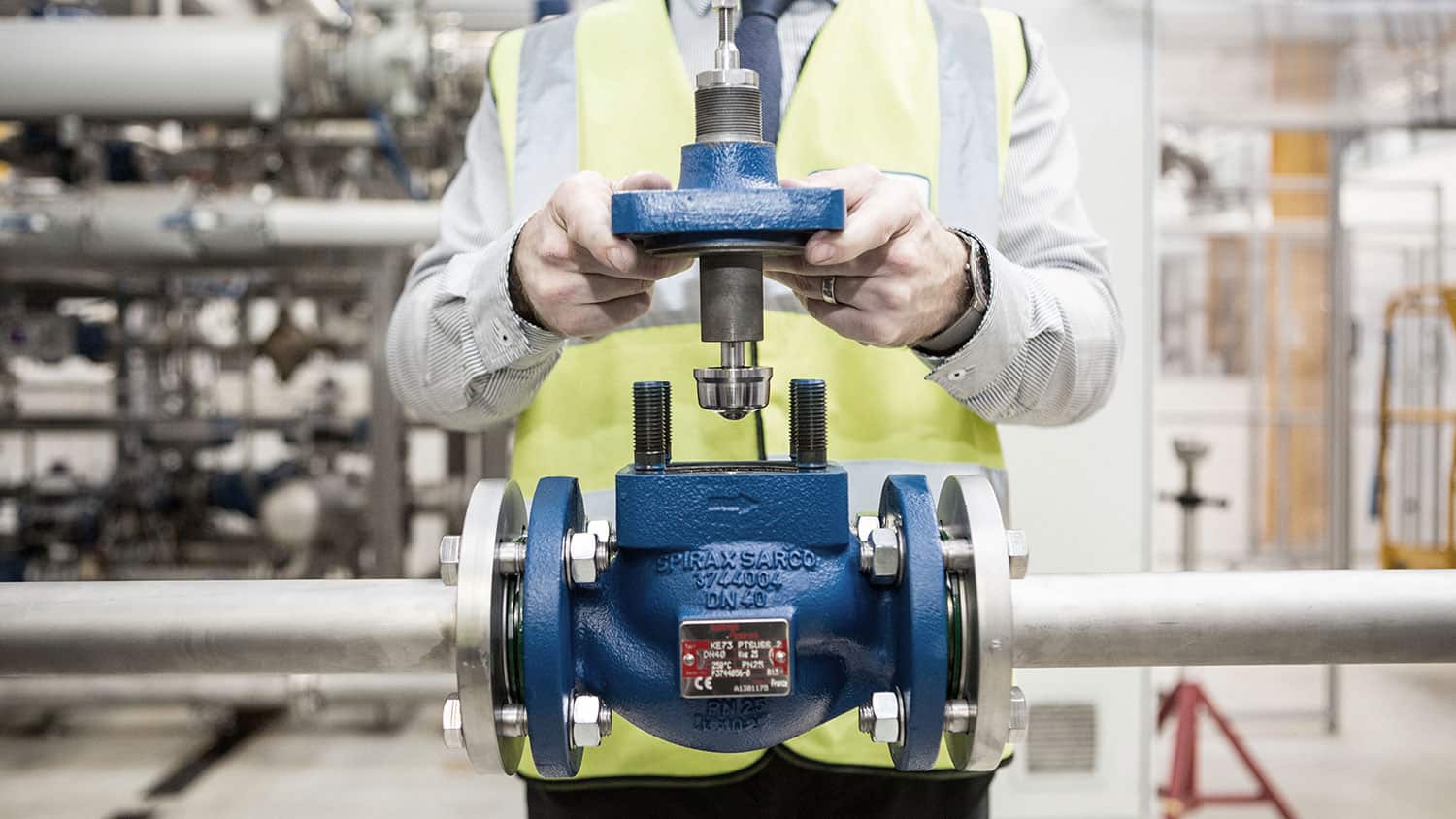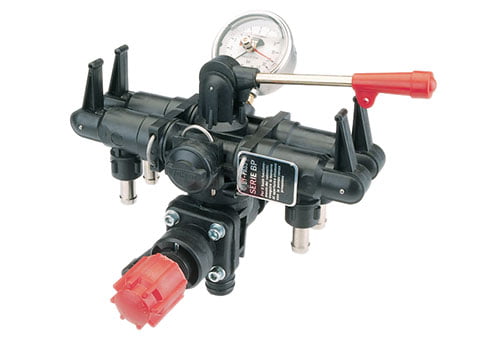Effective Control Valves: Key Components for Reliable System Administration
Effective Control Valves: Key Components for Reliable System Administration
Blog Article
Achieve Seamless Combination and Control With Top Quality Structure Automation Controls
In the realm of modern-day building monitoring, the value of quality structure automation controls can not be overemphasized. Embracing high quality structure automation controls is not merely a matter of benefit yet a strategic essential for companies intending to enhance their centers' efficiency and sustainability.

Evolution of Building Automation Controls
Throughout the past couple of years, the evolution of constructing automation controls has actually substantially transformed the method structures are managed and run. Originally, constructing automation systems primarily concentrated on standard functions such as managing air, ventilation, and home heating conditioning (HVAC) systems. As innovation progressed, these controls have ended up being extra sophisticated, permitting for a bigger range of structure systems to be incorporated and handled centrally.
The development of developing automation controls has actually seen a shift towards even more intelligent systems that can adapt to altering conditions in real-time. This flexibility is essential for optimizing power performance and ensuring passenger convenience. Additionally, modern-day building automation controls currently offer features such as predictive maintenance, remote tracking, and data analytics, making it possible for center supervisors to make data-driven decisions to improve building performance.

Benefits of High Quality Integration
The innovation in structure automation controls in the direction of more intelligent systems has underscored the significant advantages of quality assimilation in maximizing structure procedures and enhancing general effectiveness. This central control likewise gives better exposure and insights into building efficiency, making it possible for proactive upkeep and optimization approaches. Generally, the advantages of high quality assimilation in building automation controls are indisputable, using boosted efficiency, comfort, and operational efficiency.
Improved User Experience and Access
Enhancing customer communication with structure automation controls via intuitive style and improved availability raises the total experience for passengers and center managers alike. By concentrating on user experience, building automation systems can become much more user-friendly and effective. User-friendly interfaces, clear navigation, and personalized setups equip customers to communicate with the controls quickly and properly.
Ease of access attributes play an essential duty in making sure that all people, consisting of those with specials needs, can make use of the structure automation controls easily. Including features such as voice commands, responsive switches, and color-contrasted screens can enhance accessibility and make the controls much more inclusive.
Furthermore, enhanced customer experience causes higher customer fulfillment, boosted performance, and better decision-making. Occupants can readjust ecological setups according to their preferences, while facility supervisors can effectively keep track of and take care of building systems - control valves. Generally, focusing on user experience and access in structure automation regulates adds to a much more efficient and smooth structure atmosphere for all stakeholders company website involved
Sustainable Practices With Automation

Additionally, automation can facilitate the integration of sustainable energy resources such as photovoltaic panels or wind turbines into structure operations. By instantly readjusting energy usage based on the availability of renewable resource, structures can additionally reduce their dependence on non-renewable resources. This smooth assimilation of sustainable practices not just profits the environment but additionally enhances the general functional effectiveness and cost-effectiveness of the structure. With automation, structures can straighten with modern sustainability goals and add to a greener future.
Future Trends in Structure Control Equipment
In expectancy of progressing technologies and evolving sustainability methods, the trajectory of building control systems is positioned to welcome transformative techniques and innovative solutions. One popular pattern shaping the future of structure control systems is the increased assimilation of Artificial Knowledge (AI) and artificial intelligence. These technologies allow buildings to adapt in real-time to changing problems, enhancing energy usage and improving comfort for occupants. In addition, the Web of Points (IoT) is reinventing building control systems by attaching gadgets and sensors to enhance and streamline operations performance.
One more essential pattern is the focus on cybersecurity steps to protect against possible dangers to constructing automation systems. As structures become extra interconnected, making certain durable cybersecurity methods will be vital to protect delicate information and stop unapproved accessibility.
In addition, the shift towards cloud-based platforms is gaining energy, enabling centralized control and remote access to structure systems. This promotes easier surveillance, upkeep, and updates, boosting the total performance and adaptability of building find out control systems. As modern technology remains to advance, these patterns are expected to form the future landscape of structure automation controls, driving development and sustainability in the developed setting.
Conclusion
Future trends in structure control systems are likely to focus on more enhancing automation capacities for enhanced power performance and total efficiency. It is important for building owners and operators to focus on the adoption of quality structure automation manages to optimize structure operations and achieve lasting sustainability goals.
In the world of modern structure management, the relevance of top quality building automation controls can not be overemphasized. In general, the evolution of structure automation regulates continues to drive technology in the structure monitoring market, supplying new possibilities for developing smarter and more lasting structures.
The improvement in structure automation manages towards even more smart systems has actually underscored the considerable advantages of high quality assimilation in optimizing building procedures and enhancing total effectiveness. Overall, prioritizing individual experience and accessibility in structure automation controls adds to an extra productive and seamless structure setting for all stakeholders involved.
It is vital for structure owners and operators to focus on the fostering of high quality structure automation controls to maximize building operations and achieve long-term sustainability goals. - control valves
Report this page